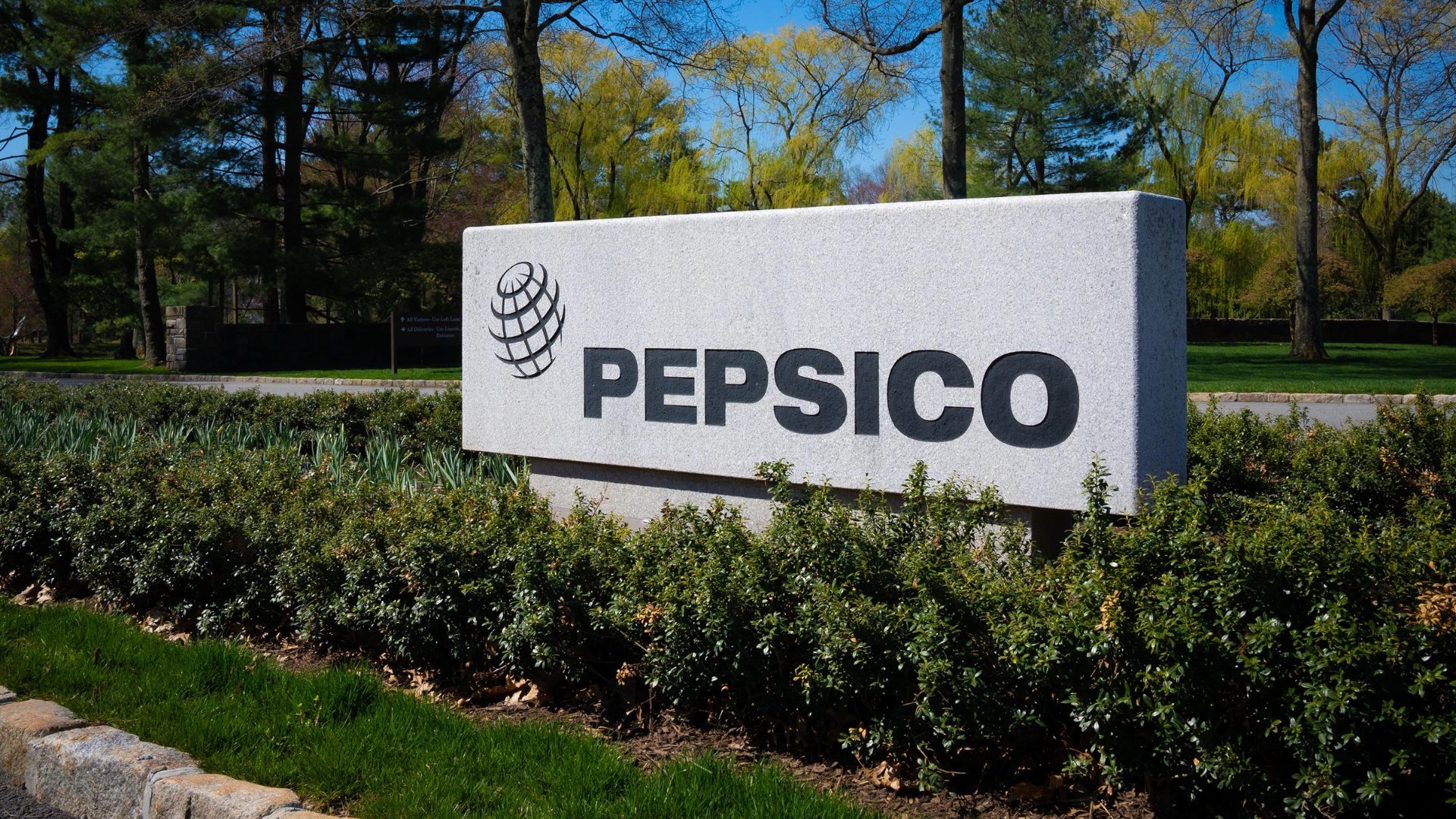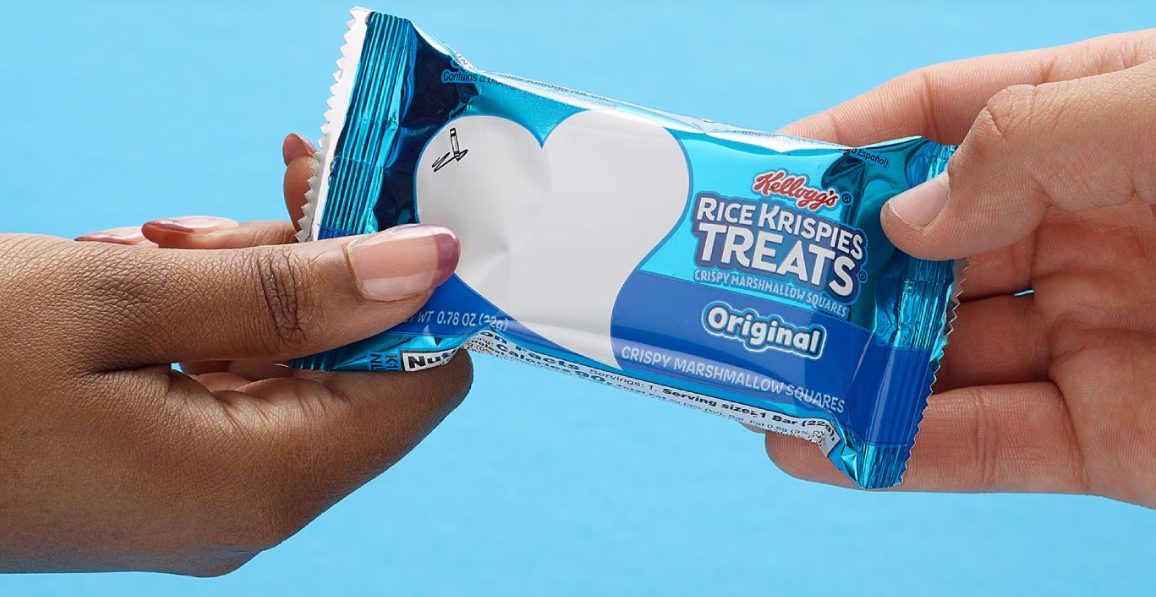In June 2000, Conagra Brands (then known as ConAgra Inc.) announced it would acquire International Home Foods. IHF manufactured a number of products, including PAM cooking spray and Gulden’s mustard. But the company’s most valuable asset clearly was canned pasta brand Chef Boyardee. Including the assumption of debt, Conagra would pay about $2.9 billion ($5.3 billion in today’s dollars) for IHF.
Nearly a quarter century later, reports suggest Conagra is moving on.
According to Reuters, Conagra is looking to sell Chef Boyardee. The news organization cited sources which believe the brand could be worth “well over $500 million”.
If that estimate is correct, it suggests that Chef Boyardee’s value has actually declined under Conagra’s ownership. Per securities filings, the brand appears to have driven a little over 20% of IHF revenue; given likely higher profit margins, Chef Boyardee was probably valued at roughly $800 million in the 2000 transaction (about a quarter of the total purchase price).
But that decline is hardly an indictment of Conagra’s stewardship. At the beginning of the century, per IHF, Chef Boyardee had 58% market share in the canned pasta category. There’s little evidence that has changed: the rival brand in 2000 was Franco-America, which owner Campbell discontinued three years ago.
The problem has been the category – a common issue in packaged foods lately – as consumer tastes have shifted away from shelf-stable options.
Indeed, while Conagra historically hasn’t broken out specific financial figures for Chef Boyardee, its filings do tell the same story heard repeatedly in the industry. Sales grew across the 2000s, and through the financial crisis, as strapped consumers traded down. But in fiscal 2011, Chef Boyardee sales fell – and Conagra was never able to reverse that trajectory.
In the following eight years, the company would take four separate accounting charges against the brand totaling more than $250 million. The most damning evidence for performance this decade is the fact that, in Conagra’s annual reports, the brand is no longer mentioned at all.
And so Conagra is trying to exit a declining category in a bid to improve its overall growth. This strategy, too, is not unique in the space: General Mills sold off its North American yogurt business this year after divesting Hamburger Helper two years earlier. Kellanova spun off its cereal business and changed its corporate name.
Conagra itself has dumped brands like Lenders Bagels and Wesson oil in recent years. Many of those transactions followed major moves into supposedly higher-growth categories, such as Campbell’s moves into natural food and then snacks.
As far as investors are concerned, however, none of these moves have really worked.
During a decade in which the Standard & Poor’s 500 has rallied 257%, packaged foods players have provided middling returns. Kellanova is the leader, with an 89% return – but about half of that came from the company’s blockbuster sale to Mars, announced earlier this year. Conagra and Campbell have returned less than 3% a year; Kraft Heinz shares are down 23% even accounting for dividend payments.
That history no doubt will make the sale of Chef Boyardee a harder task.
With boosts from the pandemic in the rearview mirror, less-than-healthy brands seem to have returned to their old trajectory. And that leaves relatively few buyers.
B&G Foods, a busy acquirer of brands over the past decade, is dealing with a crushed stock price and too much corporate debt. Private equity could in theory lever up a brand like Chef Boyardee and pull out as much cash as possible on the way down, but that strategy requires more infrastructure and manufacturing capacity than a single brand sale can sometimes provide.
And with the entire industry focusing on creating its own growth, the odds of selling a declining – or even stable – asset to a rival seem slim. There is the possibility of reinvigorating the asset as well, but against the backdrop of a declining category, that raises the risk of throwing good money after bad.
In the case of Chef Boyardee, as with so many other brands, companies have decided that the best strategy is simply to make those declines someone else’s problem.
About the author: Vince Martin is an analyst and author whose work has appeared on multiple financial industry websites for more than a decade. He has no positions in any securities mentioned.
The Food Institute Podcast
Is it possible to balance a legacy brand and innovative ideas for a food company? Bibie Wu, chief communications and technical development officer with Del Monte, shares how her company respects its past while looking to the future, and how her dual roles in marketing and product development inform each other and improve the company.












